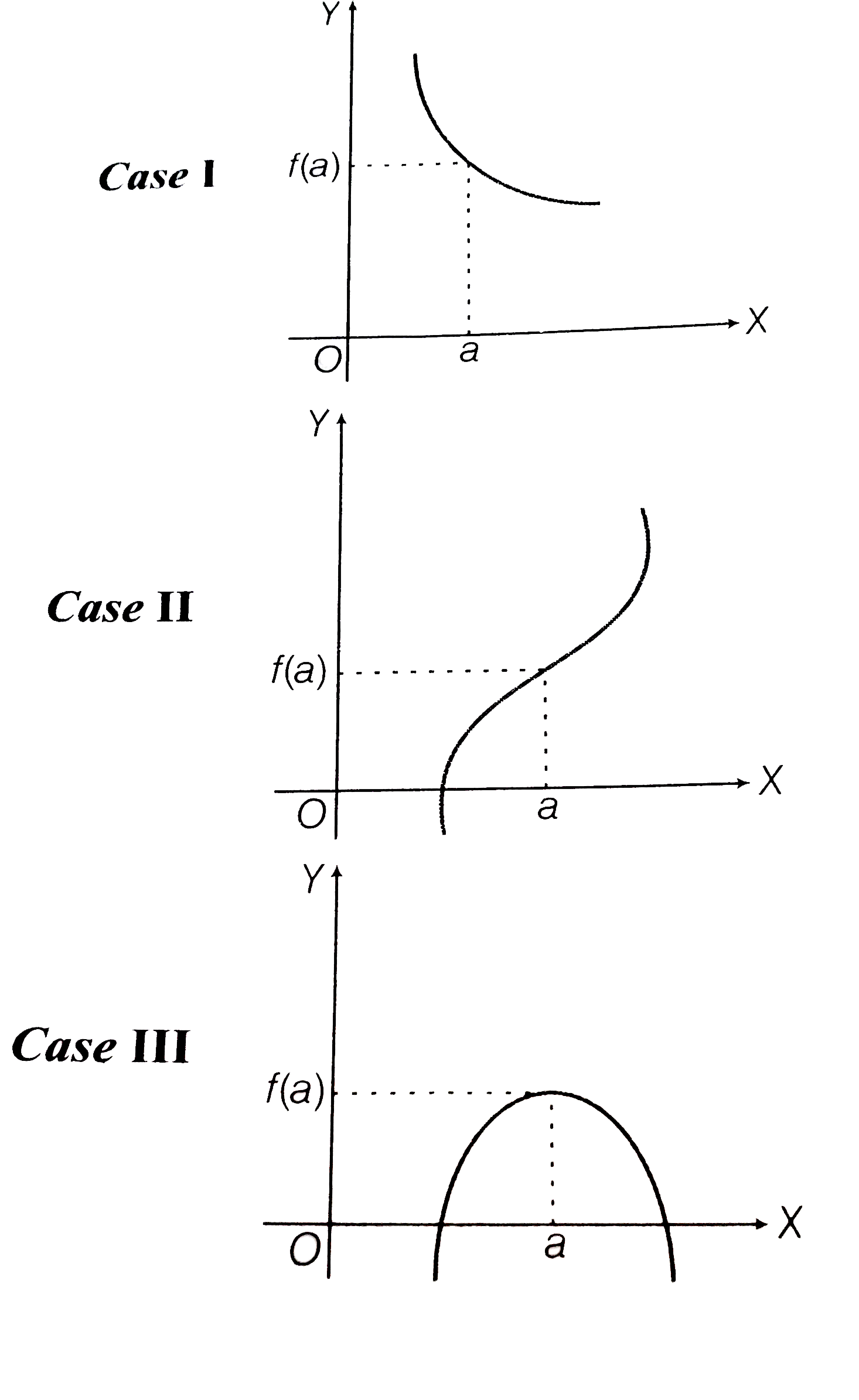For a certain value of 'c' limx→−∞[(x5+7x4+2)c−x] is finite and non-zero. Then the vlaue limit is : Solution in Punjabi
The correct Answer is:A, B, C, D
Step by step video & image solution for For a certain value of 'c' lim _(x to -oo) [(x ^(5) +7x^(4)+2 )^(c ) -x] is finite and non-zero. Then the vlaue limit is : by Maths experts to help you in doubts & scoring excellent marks in Class 12 exams.
Updated on:21/07/2023Topper's Solved these Questions
- LIMITSBOOK - ARIHANT MATHSCHAPTER - LIMITSEXERCISE - SOLVED EXAMPLES
1 Videos
- LIMITSBOOK - ARIHANT MATHSCHAPTER - LIMITSEXERCISE - Exercise (Single Option Correct Type Questions)
38 Videos
- INVERSE TRIGONOMETRIC FUNCTIONSBOOK - ARIHANT MATHSCHAPTER - INVERSE TRIGONOMETRIC FUNCTIONSEXERCISE - Exercise (Questions Asked In Previous 13 Years Exam)
8 Videos
- LOGARITHM AND THEIR PROPERTIESBOOK - ARIHANT MATHSCHAPTER - LOGARITHM AND THEIR PROPERTIESEXERCISE - Exercise (Questions Asked In Previous 13 Years Exam)
4 Videos
Similar Questions
To evaluate limx→a[f(x)], we must analyse the f(x) in right hand neighbourhood as well as in left hand neighbourhood of x=a. E.g. In case of continuous function, we may come across followign cases.


Iff(a) is an integer, the limit will exist in Case III and Case IV but not in Case I and Case II. If f(a) is not an integer, the limit exists in all the cases. ltbgt If f'(1)=−3 and limx→1[f(x)−12] does not exist, (where [.] denotes the greatest integer function), then
View Solutionlimx→0sin(πcos2(tan(sinx)))x2 is equal to
View SolutionIf α=3sin−1(611andβ=3cos−1(49), where the inverse trigonometric functions take only the principal values, then the correct options (s) is (are)
View SolutionIn Which quadrant Point (−2,−3) will be lie.
View SolutionFor a certain value of c,lim_(x rarr-oo)[(x^(5)+7x^(4)+2)^(c)-x], is finite and non zero and has the value equat to 1 Find the value of (I-2c).
View SolutionIf (Lim)x→0asinx−bx+cx2+x32x2.ln(1+x)−2x3+x4 exists & is finite, find the values of a, b, c & the limit.
View SolutionEvaluate the following limit: (lim)x→±∞(√x2−2x−1−√x2−7x−3)
View SolutionEvaluate the following limit: limx→∞√x2+7x−x
View SolutionIf (lim)x→cf(x)−f(c)x−c exists finitely, write the value of (lim)x→cf(x) .
View SolutionFor a certain value of 'c' limx→∞[(x5+7x4+2)c−x] is finite and non-zero. Then the value of limit is :
View Solutionlimx→0x+sinx−xcosx−tanxxnexists and is non-zero finite value then the value of n is: (a) 3 (b) 4 (c) 5 (d) 6
View SolutionLet g(x)=xCeCxandf(x)=∫x0te2r(1+3t2)1/2dt.IfL=limx→∞f'(x)g'(x) is non-zero finite number then :
The valur of C is:
View SolutionLet g(x)=xCeCxandf(x)=∫x0te2t(1+3t2)1/2dt. If L=limx→∞f'(x)g'(x) is non-zero finite number then :
The value of L . Is :
View SolutionEvaluate the following limit: (lim)x→4x2−7x+12x2−3x−4
View SolutionEvaluate the following limit: (lim)x→5x2−7x+12x2−3x−4
View SolutionEvaluate the following limit: (lim)x→∞√x2+7x−x
View Solution
